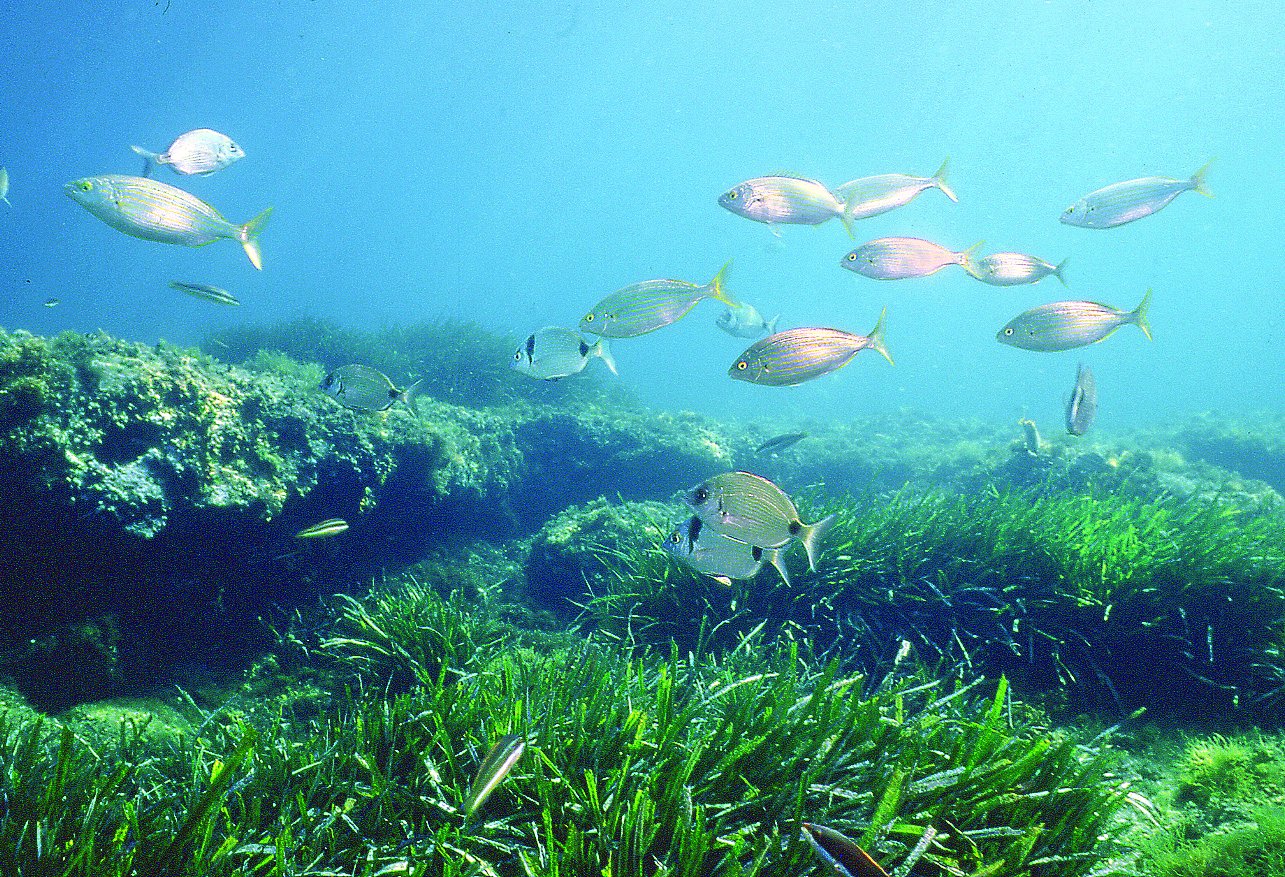ENTRY 2; WEEK 6
Coastal Development can be defined as an array of human activities that includes beachfront constructions that negatively affects the natural environment, harming both aquatic and terrestrial habitats.
Coastal Development can be defined as an array of human activities that includes beachfront constructions that negatively affects the natural environment, harming both aquatic and terrestrial habitats.
There are many areas of the oceans that are suffering from
man-made habitat destruction, but coastal areas are disproportionately affected.
Majority of the human population prefer living along or near water. As the
global population grows, the coastal land use and development will continue to
increase. Coastal areas are homes for over 90% of marine species.
 |
| Coastal Development |
Impacts from Coastal
Development
- Construction projects- such as land reclamation, this can kill the reefs, mangroves, seagrass beds instantly.
- Degradation of coral reefs- this can result in lost of tourism revenue in countries that depend on reef-based tourism.
- Coastal construction- cause chronic sedimentation, sewage effluent, industrial discharge, and changes in water flow and runoff, which can adversely affect coral growth rates and metabolic activities as well as directly kill corals.
- Removal of reefs-result in beach erosion, land retreat, and sedimentation.
- Sedimentation- increase turbidity in coastal waters, thus reducing light needed for coral growth and survival.
- Pollutants- increases in coral disease and mortality as well as changes the structure and growth of coastal organisms.
- Mining of coral for construction materials-can lead to long-term economic losses in terms of lost benefits for fisheries, food security and biodiversity.
As the coastal population increases and natural coastal
protection is degraded, sea-level rise and changes in weather patterns are
likely to increase the effects of harmful coastal development. A combination of
local impacts of land and abiotic factors can result in the threatening and
struggle of survival by coastal ecosystems.
References
References
References
References
n.d. Google Images.
https://www.google.tt/search?q=coastal+development&espv=2&biw=1366&bih=643&site=webhp&source=lnms&tbm=isch&sa=X&ved=0CAYQ_AUoAWoVChMInev14-XgyAIVRBkeCh2zAwAd#tbm=isch&q=coastal+development+affecting+coral+reefs&imgrc=b5fUgyjPakn4kM%3A.
Nature, World Wide Fund For. n.d. Coastal
development problems: Tourism.
http://wwf.panda.org/about_our_earth/blue_planet/problems/tourism/tourism_pressure/.
n.d. PANGEASED.
http://pangeaseed.org/issues/coastal-development/.




